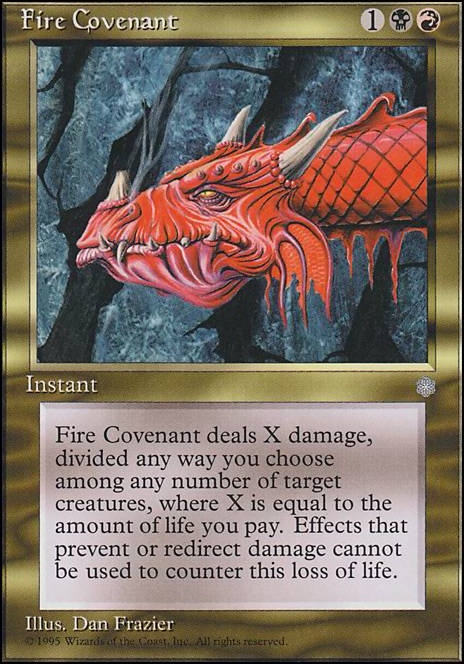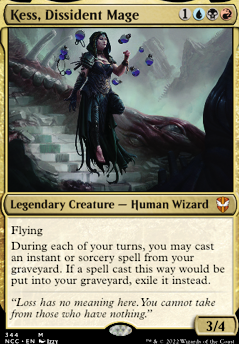The best cantrip in the format, it also has the nice bonus of putting targets for Buried Alive
and Entomb back into our deck.
A considerable amount of looting and wheels in our deck means Threshold is frequently on mid- to late-game, and being able to power out a turn two Necropotence, or later on, Buried Alive, and some kind of reanimation. None the less, given the deck's overall midrange-y pace, I consider this a flex slot.
Multipurpose bounce that occasionally saves our own permanents, and occasionally can be used to ramp our mana-positive rocks as a ritual on our combo turn.
Does what it says on the box. Double-blue is occasionally a down-side, but usually we'll have that available from turn two onward.
Late-game mass bounce; early- to mid-game targeted bounce. Somewhat of a flex slot, but I've found it worth having more than one bounce effect given Grixis can't answer enchantments well.
The best ritual in the format, it powers out Necromancy, Buried Alive, and whatever else we want.
One of the strongest counters in competitive, three turns is almost an eternity is fast pods.
One of the riskiest tutors in the format, this serves a double purpose in our deck of finding the missing half of our Twin/Kiki combos for the mana efficient cost of one black, and exiling our deck to combo with Laboratory Maniac and any draw.
Protects our combo turn, hits Ad Nauseam and other relevant instants.
Entomb into reanimation is a powerful early play, typically for Jin-Gitaxias, Core Augur, and mid- to late-game that same route can be used to fetch one half of the Kiki combo.
With your commander out, Entomb can become a one-mana tutor for Buried Alive or card:Intution. This is usually the route you want to go with the card in the mid- to late-game.
An instant-speed, asymmetrical wrath, this card is powerful but eats considerably into our life total if the number of targets is large. Deluge is often the safer of the two, but a second wrath is welcome.
The best free counter in the format.
Free loot is exactly what our reanimation strategy enjoys. Note this can also be used to filter our mana colors, useful when we sometimes have awkward casting cost requirements like three red.
A skill-intensive tutor that lets us grab three cards from our deck. With a loot effect or a wheel, this is a second Buried Alive. With Kess, we have access to the Instants and Sorceries no matter what's chosen.
See the Combo section for more details.
All three modes are relevant, whether it's looting, countering a spell, or removing a hatebear.
Effectively a tutor most of the time, this let's us find anything we want in our deck - eventually. Nice to reuse during our upkeep with Kess.
Part counter, part ritual, almost always welcome. Do not be afraid to counter something trivial if the mana from it will power out your combo turn.
A narrow, free counter that hits many of the most important spells in the format.
Grabs answers, draw, and everything we need to combo.
Counters all the relevant non-creatures.
Protects our combo turn for free; stops others, late-game, for free as well. Risky, but powerful.
Hits blue spells and permanents, which make up a large portion of the meta. Marginally worse than Red Elemental Blast, so if you run just one, run Red Elemental Blast. A flex slot if your meta is unusual and blue is rare.
Hits blue spells and permanents, which make up a large portion of the meta. The better of these two effects. A flex slot if your meta is unusual and blue is rare.
The best one-mana counterspell. Hits three very relevant card types.
The less risky of the two exile tutors, this serves a double purpose in our deck of finding the missing half of our Twin/Kiki combos, and exiling our deck to combo with Laboratory Maniac and any draw. Occasionally used to dig for other relevant cards, but watch what you exile when you use it for that purpose.
Special Note: this card requires no duplicate cards in your deck, so your basics need to be a maximum of two of each basic land type (one snow-covered and one note) to successfully run it.
Arguably, the best tutor in the game. Finds any card.



